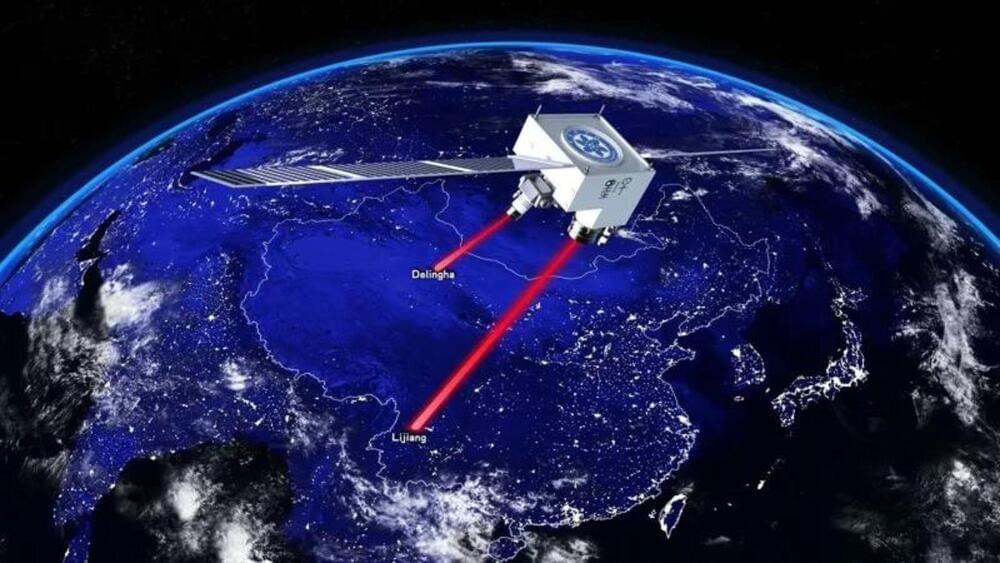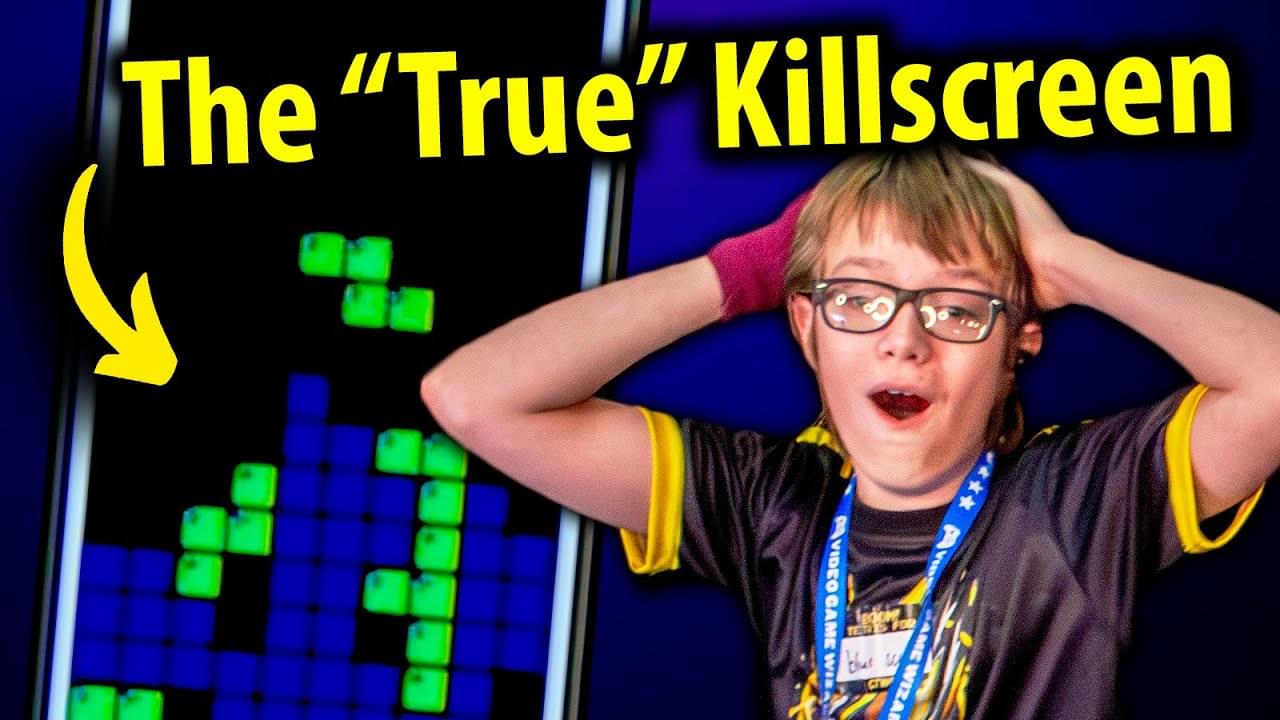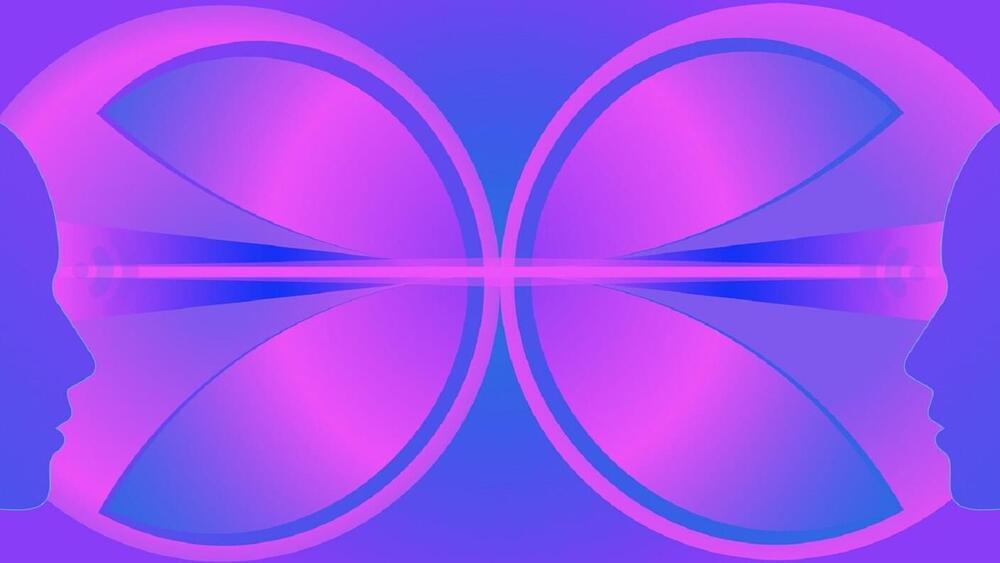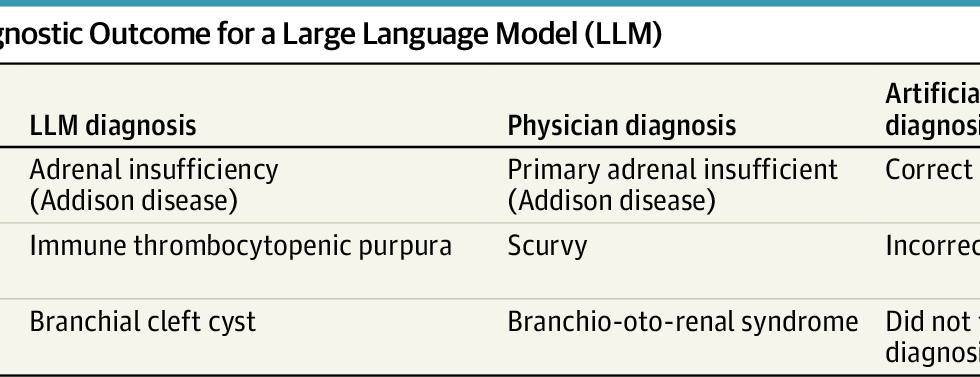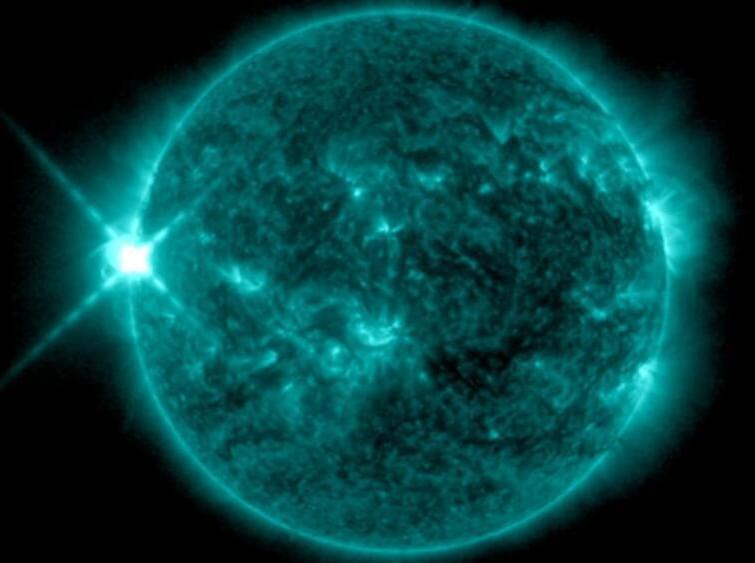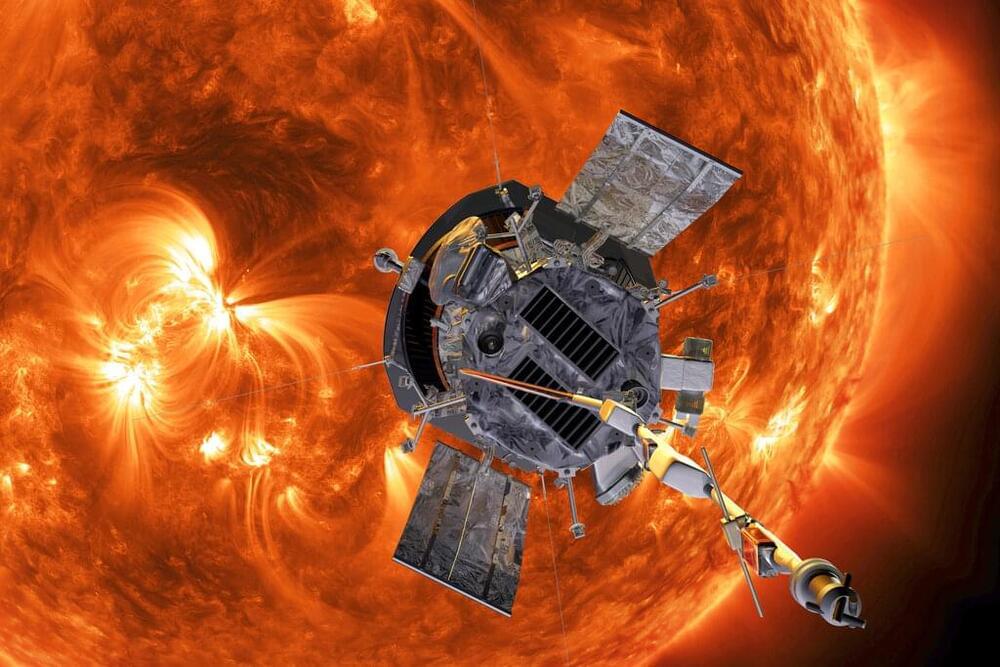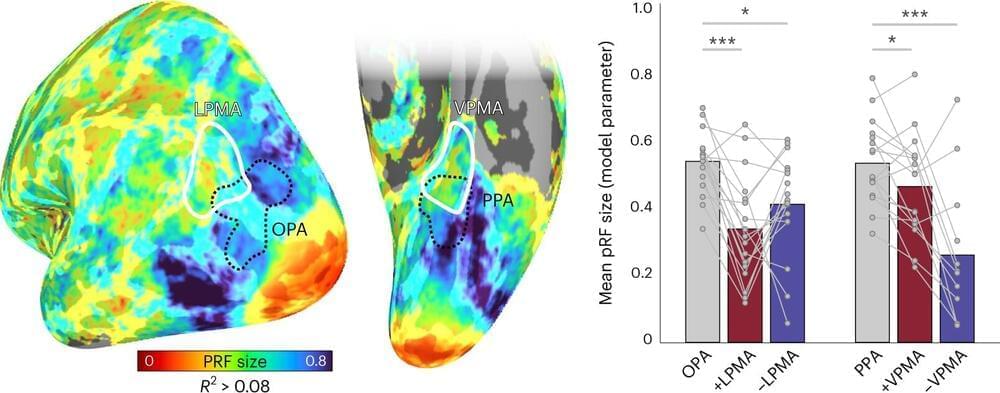
Our memories are rich in detail: we can vividly recall the color of our home, the layout of our kitchen, or the front of our favorite café. How the brain encodes this information has long puzzled neuroscientists.
In a new Dartmouth-led study, researchers identified a neural coding mechanism that allows the transfer of information back and forth between perceptual regions to memory areas of the brain. The results are published in Nature Neuroscience.
Prior to this work, the classic understanding of brain organization was that perceptual regions of the brain represent the world “as it is,” with the brain’s visual cortex representing the external world based on how light falls on the retina, “retinotopically.” In contrast, it was thought that the brain’s memory areas represent information in an abstract format, stripped of details about its physical nature. However, according to the co-authors, this explanation fails to take into account that as information is encoded or recalled, these regions may in fact, share a common code in the brain.
